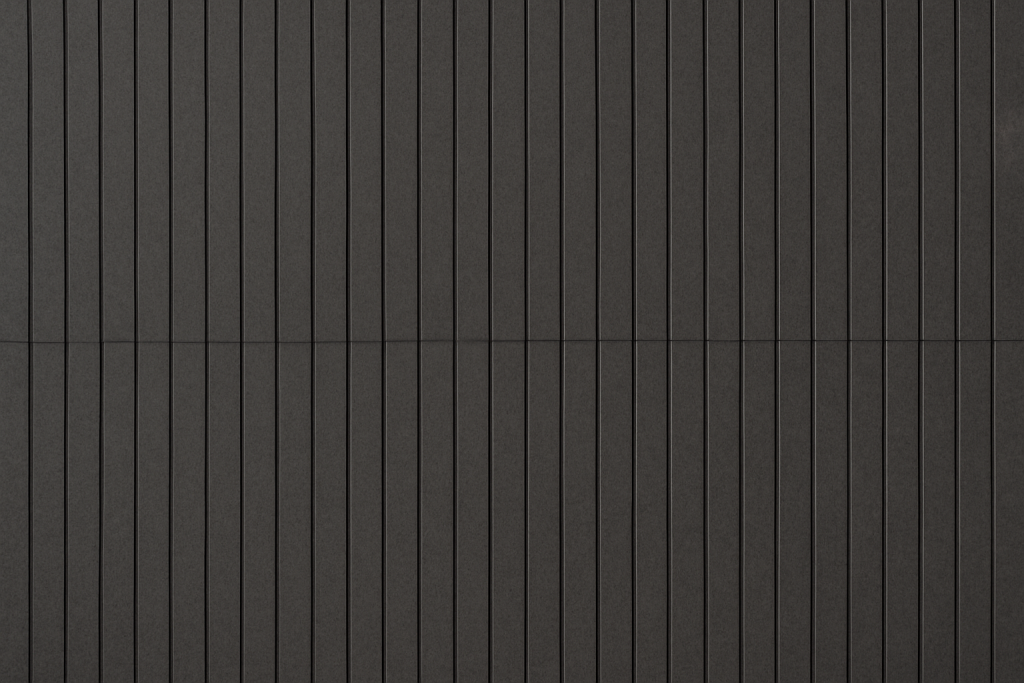Understanding Fabric Panels and Foam Panels
Acoustic panels are essential for managing sound quality in various environments, from recording studios and theaters to offices and homes. Fabric panels and foam panels are two of the most common solutions, each offering distinct benefits. Choosing the right option depends on your specific needs, including sound absorption, aesthetics, and budget².

Fabric panels are typically made from a sound-absorptive core material like Earthwool or Rockwool, wrapped in acoustically transparent fabric. These panels provide high-performance sound absorption while offering customizable designs³. Foam panels, on the other hand, are lightweight, cost-effective solutions made from polyurethane or melamine foam. They are widely used for basic echo reduction and soundproofing in small-scale or DIY projects⁴.

Performance Comparison
Sound Absorption
Fabric panels absorb a broader frequency range, including lows, making them suitable for studios and conference rooms. Foam panels address high-frequency echoes but are less effective at low-frequency absorption.
Durability
Fabric panels use dense cores like Rockwool or Earthwool, offering long-lasting performance. Foam panels are lighter and easy to install but degrade faster in high-traffic areas⁵.
Aesthetic Appeal
Fabric panels offer greater design flexibility, with customizable textures and finishes. Foam panels are limited to basic wedge or pyramid forms and are generally less visually appealing⁵.
Installation and Maintenance
Fabric panels are typically more complex to install, requiring precise placement and professional handling to achieve optimal performance. Stretch wall fabric systems and ceiling fabric applications add another layer of complexity but result in a sleek, high-end finish. Foam panels are simpler to install and often come with adhesive backing, making them a popular choice for DIY enthusiasts. However, they require regular cleaning to prevent dust buildup and maintain their effectiveness.
Cost Considerations
Foam panels are more affordable upfront, making them a cost-effective solution for small-scale or temporary acoustic treatments. Fabric panels, while more expensive, provide long-term value with superior performance, durability, and aesthetics. For large-scale or high-performance projects, the investment in fabric panels is often justified by the improved sound quality and design flexibility they offer⁹.

Sustainability and Eco-Friendliness
Fabric panels can incorporate sustainable materials like Earthwool, making them an eco-friendly choice. Earthwool is made from recycled materials and free of harmful chemicals, aligning with green building practices. Foam panels, on the other hand, are not biodegradable and have a higher environmental impact due to their synthetic composition.
Choosing between fabric panels and foam panels depends on your space’s requirements and priorities. Fabric panels provide superior sound absorption, durability, and design options, making them ideal for professional and high-end settings. Foam panels, while less effective in managing sound across all frequencies, are a budget-friendly solution for smaller or temporary acoustic needs. By understanding the strengths and limitations of each option, you can select the acoustic solution that best enhances the functionality and aesthetics of your space.
References
- “Fabric Panels vs. Foam Panels: Acoustic Differences” Acoustic Geometry, 2021
- “Earthwool in Sustainable Acoustic Solutions” Knauf Insulation, 2023
- “Foam Panels for DIY Acoustic Treatments” Interior Design Journal, 2023
- “RT60 Measurement and Sound Absorption” Audio Engineering Society, 2020
- “Stretch Wall Systems in Acoustic Design” Architectural Digest, 2022
Share
